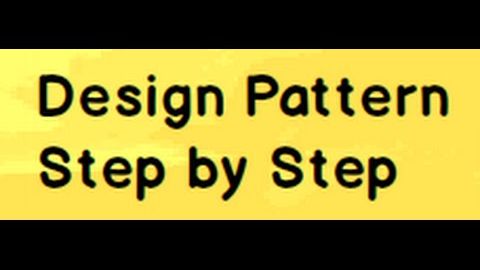
Subtitles & vocabulary
Learn C# Design Patterns Step by Step in 8 hours.
00
施文勝 posted on 2015/08/30Save
Video vocabulary
pattern
US /ˈpætən/
・
UK /'pætn/
- Noun (Countable/Uncountable)
- Model to follow in making or doing something
- Colors or shapes which are repeated on objects
- Transitive Verb
- To copy the way something else is made
- To decorate with a pattern.
A2TOEIC
More lead
US /lid/
・
UK /li:d/
- Noun (Countable/Uncountable)
- Wire for electricity, computer, etc.; cable
- Information that could help to solve a crime
- Adjective
- Being the main part in movies or plays
A1TOEIC
More condition
US /kənˈdɪʃən/
・
UK /kənˈdɪʃn/
- Transitive Verb
- To improve something to make it better
- To cause to behave automatically in a certain way
- Noun (Countable/Uncountable)
- Disease or other medical problem
- The state of living you are in, e.g. good health
A2
More create
US /kriˈet/
・
UK /krɪ'eɪt/
- Transitive Verb
- To make, cause, or bring into existence
- To cause something to happen; to give rise to a particular situation or state.
A1
More Use Energy
Unlock All Vocabulary
Unlock pronunciation, explanations, and filters
